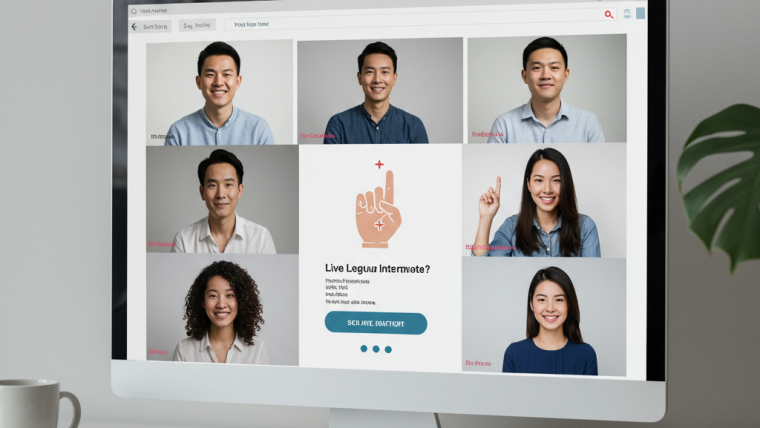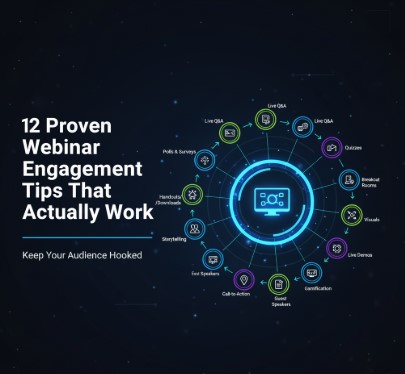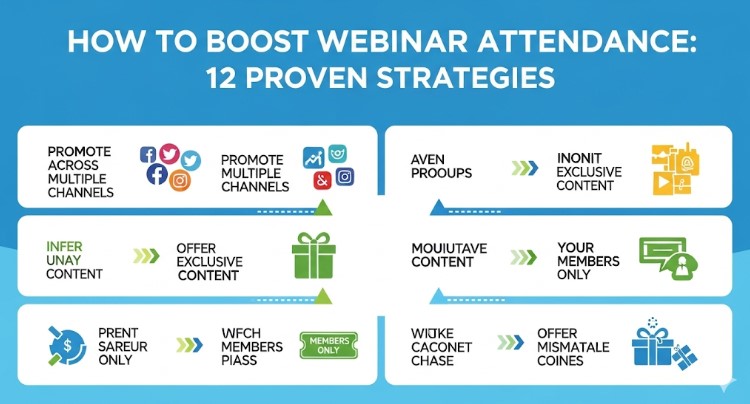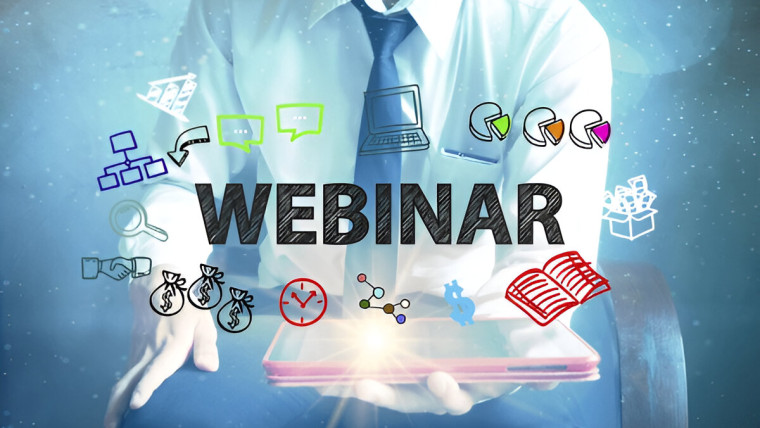Online event hosting has surged in popularity, offering businesses, educators, and creators a versatile way to share knowledge, connect with audiences, and build communities. But organizing a virtual event isn’t as simple as firing up a webcam and inviting guests into a Zoom meeting. Success hinges on effective planning, engaging content, and the right technology.
Why Go Virtual? The Value of Online Events
Online events provide a host of benefits over in-person gatherings, including:
- Accessibility: Connect with a global audience, breaking geographical barriers.
- Cost-Effective: Save on venue rentals, travel, and accommodations.
- Flexibility: Offer on-demand access to recordings for attendees who can’t join live.
- Scalability: Accommodate large groups without worrying about space constraints.
Whether you’re a brand hoping to boost customer engagement, an educator reaching remote students, or a freelancer presenting new skills, going virtual ensures you reach more people in the most cost-efficient way possible.
How to Plan Your Online Event
1. Define Your Purpose and Goals
What are you hoping to achieve with your event? Perhaps you want to generate leads, increase brand awareness, or deliver a memorable learning experience. Be as specific as possible. Clear goals will guide every decision you make, from choosing a platform to promoting the event.

Example goals include:
- Collecting 500 registrants for the event
- Gaining 50 qualified leads for your sales team
- Securing a 90% satisfaction rating from attendees via post-event surveys
Once your purpose is defined, align your content, speakers, and visuals to reflect it.
2. Pick the Right Platform
Your choice of platform can make or break your online event. Consider the following factors when selecting a virtual event tool:
- Audience Size: Smaller groups work well on platforms like Zoom or Google Meet, while larger webinars or conferences might necessitate tools like Webex, Airmeet, or Hopin.
- Interactivity: Do you want break-out rooms, live Q&A sessions, or polling features? Ensure the platform supports meaningful engagement.
- Recording Capabilities: Check if the platform allows you to record sessions for later use.
- Budget: Investing in a paid service might be necessary for large-scale or high-quality events.
Tip: Use free versions of tools for smaller-scale events, but don’t skimp on quality if your reputation is on the line.
Crafting Engaging Content
3. Create a Detailed Agenda
Your audience’s time is valuable. Plan a structured agenda that balances education, interaction, and breaks. Keep sessions concise to avoid screen fatigue; 20–30 minutes is ideal for presentations and 10–15 minutes for Q&A sessions.
Here’s an example agenda for a two-hour webinar on “Boosting Productivity with AI Tools“:
- Welcome & Introduction (10 minutes)
- Expert Speaker Presentation (30 minutes)
- Live Demo of AI Tools (20 minutes)
- Q&A Session (15 minutes)
- Closing & Call to Action (10 minutes)
4. Secure Speakers and Hosts
Your speakers and hosts are the face of your event. Choose charismatic, knowledgeable individuals who can captivate an online audience. To ensure smooth delivery, rehearse with all speakers before the event to finalize workflows, troubleshoot technical issues, and polish delivery.
5. Offer Interactive Elements
An engaging event is an interactive event. Keep your attendees involved with the following techniques:
- Polls: Use live polls to gauge opinions or knowledge.
- Chat and Q&A: Dedicate time for audience questions and live responses.
- Quizzes or Games: Adding gamified elements enhances engagement and retention.
- Virtual Networking: Create breakout sessions or chat rooms for attendees to connect.
Tip: Gamification tools like Kahoot or interactive Q&A platforms like Slido can enhance interactivity.
Promote Your Online Event
6. Develop a Communication Plan
Start promoting your event at least 2–3 weeks in advance. Use channels like email, social media, and your website to spread the word.
Sample promotion timeline:
- 3 weeks before: Share a “Save the Date” post or email.
- 2 weeks before: Announce your speakers and topics. Create a sense of urgency by emphasizing limited spots.
- 1 week before: Share behind-the-scenes teasers, reminders, and FAQs.
- 1 day before: Send final reminders with steps for joining.
7. Leverage Social Media
Use platforms like Instagram, Facebook, and LinkedIn to build buzz around your event. Post promo content regularly, such as speaker intros, countdowns, and teaser videos. For professional-focused events, LinkedIn ads work wonders.
Don’t forget to create a unique hashtag for the event to encourage user-generated content!
Technical Preparation
8. Test Everything in Advance
Technical glitches can ruin an event. Mitigate the risk by running a test session a day or two before. Check the following:
- Your internet connection
- Microphones and cameras for all speakers
- Presentation slides, videos, and transitions
- Lighting and visuals in the presentation space
9. Have a Backup Plan
Even with preparation, things can go wrong. Be ready with a contingency plan. Keep an extra device handy, have direct support contacts for the platform, and ensure moderators are available to assist attendees.
The Day of the Event
10. Kick Things Off with Energy
First impressions matter. A lively introduction sets the tone for the event. Use music, video clips, or an enthusiastic host to kickstart the session and energize attendees.
11. Keep Attendees Engaged
Don’t be the presenter who simply “talks at” their audience. Encourage questions, respond to chat comments, and mention attendees by name when possible. Keeping the group engaged will make your event memorable.
After the Event
12. Follow Up with Attendees
Don’t let the relationship end after the event. Send a thank-you email with these key components:
- A survey to gather feedback on their experience
- A link to the event recording for those who missed it
- Resources or offers related to the event’s topic
Sample thank-you CTA: “Enjoyed today’s virtual workshop? Sign up for our mailing list for exclusive updates and insights.”
Make Every Online Event Unforgettable
Online events are one of the most impactful ways to engage audiences today. With clear goals, proper planning, engaging content, and the right tools, you can not only host but truly captivate your attendees.
Looking to elevate your online event even further? Download our free Online Event Checklist to ensure no detail is missed.








Webinar Accessibility: Best Practices for Inclusive Online Events
Enhancing Webinar Accessibility: Best Practices for Inclusive Online Events
12 Proven Webinar Engagement Tips That Actually Work
How to Boost Webinar Attendance: 12 Proven Strategies